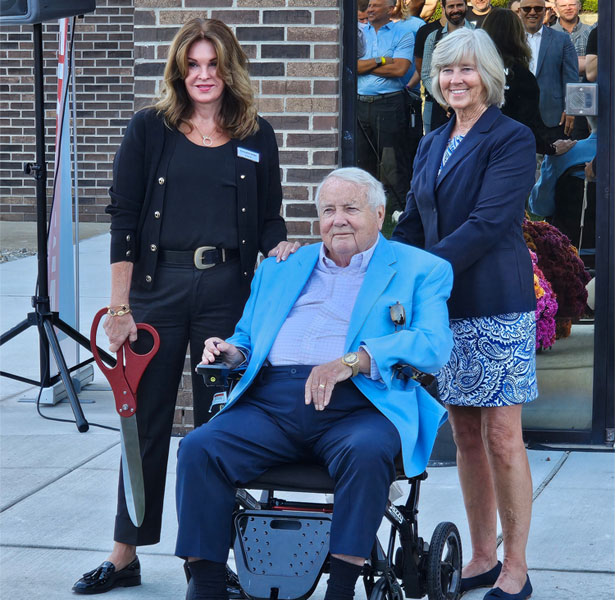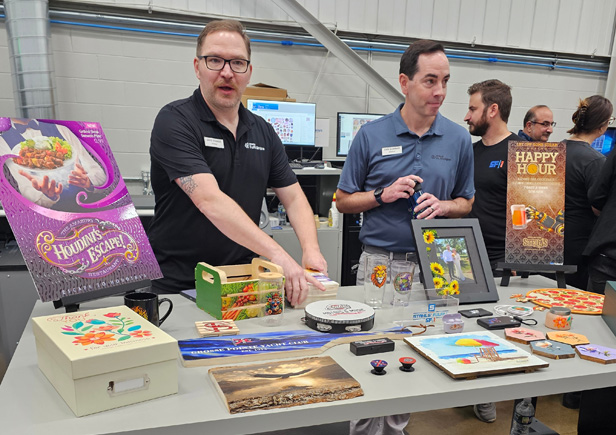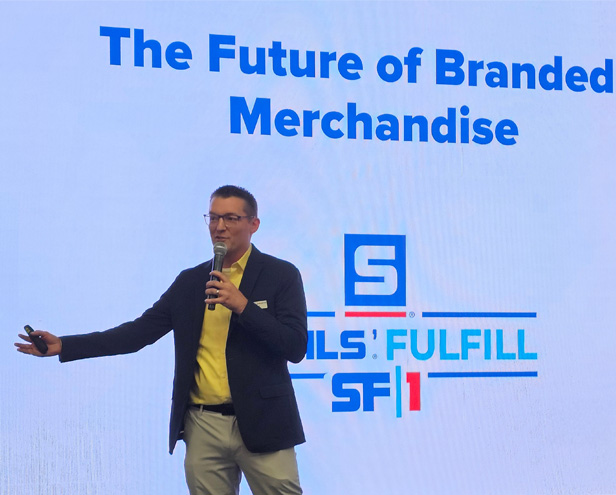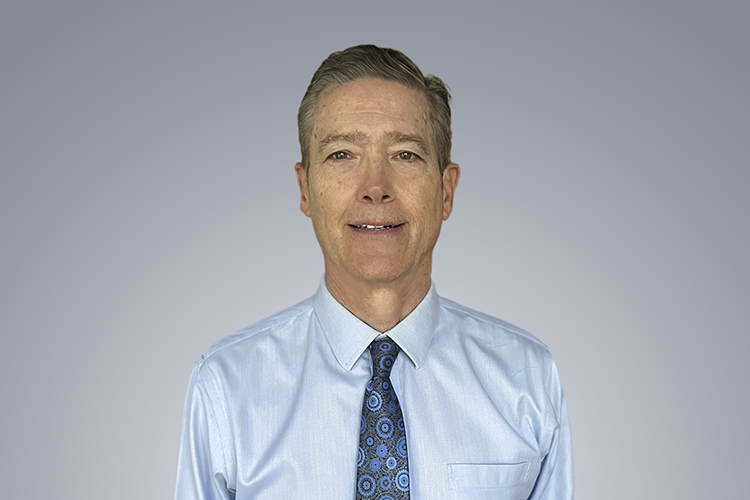Key Takeaways
• Stahls’ (asi/88984) held a grand opening event for its new Fulfill One (SF-1) facility in Chesterfield, MI, positioning it as a hub for print-on-demand (POD) innovation and collaboration.
• The facility showcases multiple decoration methods – including DTG, UV printing, embroidery, laser engraving and direct-to-film transfers – and integrates the Fulfill Engine platform to streamline low-minimum order processing.
• Leaders at the event said automation and industry-wide collaboration are key to growing POD adoption throughout the promo industry.
The future of print on demand (POD) was on display at the grand opening of Stahls’ (asi/88984) Fulfill One (SF-1) in Chesterfield, MI, last week. The print and decoration service provider invited more than 100 suppliers, decorators, distributors and other industry notables to the brand-new facility to showcase its capabilities and discuss how collaboration among all parties would help with innovation and raising POD’s profile.

In opening remarks at the event, Carleen Gray, CEO of Stahls’ and the 2025 Counselor International Person of the Year, lauded the business acumen of Ted Stahl, executive chairman of the board for GroupeSTAHL, and noted that the company’s 2023 acquisition of the Fulfill Engine platform and subsequent opening of SF-1 are indicative of his teachings.
“One of the things [Ted] always taught us was best way to predict the future is to invent it,” Gray said. “That’s what we’re doing here. … And the great thing about this future is it cannot be done just by Stahls’. We need everyone in this room.”
She added that SF-1 is a lab, a showplace and an innovation hub but that it’s not a replacement for the decorator network that powers Fulfill Engine’s POD capabilities.
“We’re in it for the long haul, and we’re in it to create lifetime customers and make sure they succeed in business because if the customer doesn’t succeed, none of us will succeed,” Gray said.

Stahls’ took attendees on a tour of the SF-1 facility, showing off workstations focused on a variety of decoration methods, including DTG, laser engraving, UV printing, embroidery and direct-to-film transfers, explaining how the Fulfill Engine platform routes and batches low-minimum orders efficiently and uses QR codes to ensure each product is decorated correctly. During the tour, Stahls’ also showed off its new Liquid 3D emblems, currently available exclusively through the Fulfill Engine platform.

Closing out programming for the grand opening event, Jayson Tompkins, chief digital officer at Stahls’ and founder of Fulfill Engine, led a panel discussion on the future of branded merchandise fulfillment, which featured Rob Watson, CEO of Counselor Top 40 supplier Vantage Apparel (asi/93390) and a member of the Counselor Power 50 list of the most influential people in promo; Monty Mims, strategic account manager, decorator and tech solutions, for Top 40 supplier SanMar (asi/84863); Rodney McDonald, owner and founder of North Carolina-based contract decorator USColorworks (asi/789297); and Dan Freismuth, owner of Colorado-based contract decorator Topshelf Printers.
Pre-COVID, panelists said, POD was a harder sell, particularly without the technology infrastructure and automation to support it. “We always say, ‘If you have to touch an order, if an operator has to stop and make a decision, you already lost money,’” McDonald said.
COVID accelerated the shift toward e-commerce and POD, and companies had to adapt to the emerging model. “Demand drives the decision,” Mims said.
Watson noted that Vantage launched a web store model well before the pandemic, but “no one wanted it,” because customers were more focused on big orders.
Fast-forward to today, and the technology has advanced to allow for on-demand production that works for suppliers, decorators, distributors and the end-customer. “We know this really is becoming the new standard,” Tompkins said.



